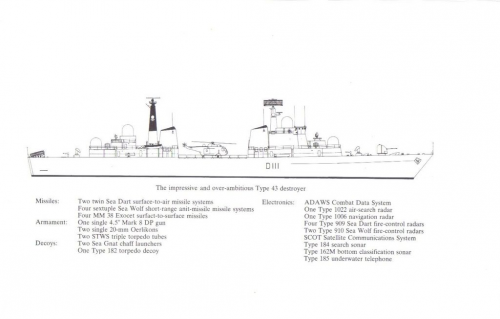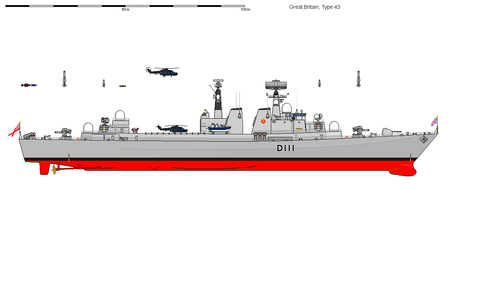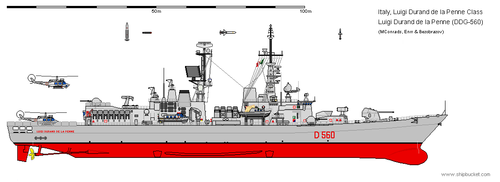Perhaps they planned to deliberately underestimate the displacement and attribute the inevitable cost overruns to rampant inflation? The earliest published source demonstrated complete disbelief of the ambiguous 6,000 ton figure. Looking at the contemporary Spruance/Kidd class, it would seem that a full load displacement wouldn't have been less that 8,000 tons, and perhaps would have been much more?
Playing around with some numbers, 6,000 tons is totally unreasonable. Taking the 573 x 59 foot dimensions from Friedman and the 31.5 knot speed from Brown, we can make some assumptions about hull parameters - referring to contemporary warships - and use fairly standard naval architecture formulae to come up with estimates.
These assumptions are of course dependent on the figures used for the basis ships, and public domain data on warship speed, draught and displacement are notorious for being inaccurate or deliberately misleading.
With the very slender hullform of a SPRUANCE class as designed, the large Type 43 comes in at 8,400 tonnes full load, at an estimated draught of 4.9 metres, and requires 75,100hp to achieve 31.5 knots. That's in line with the power you'd get from four Spey SM1As. Draught is a little low, so you'd expect slamming to be an issue, and there might be too much fineness towards the ends. Given that we know from Brown that the hullform needed blisters to fit the main engines in, I think we can assume that it was a very fine hull indeed.
If we try to avoid these issues entirely by using a Type 42 Batch 3 as the basis ship, we wind up with 12,300 tonnes full load and a draught of 7.16 metres. We also need 100,000 horsepower to make 31.5 knots, needing four Olympus gas turbines - which we know from Brown would give 35 knots. The Type 23 hullform is lighter (11,000 tonnes) but needs even more power.
The COUNTY class gets pretty similar results to the SPRUANCE class, slightly higher displacement at 9,100 tonnes and 5.3m draught but appreciably more power at 84,300 hp. Type 82 is heavier again at 10,250 tonnes and needing an excessive power of 109,000 horsepower.
This is all big handfuls from easily-available data, and certainly shouldn't be treated as a detailed naval architectural analysis. I think it's fair to assume, though, that the figures derived from the as-designed SPRUANCE are fairly representative of the large Type 43 as designed. Adding reassurance to this assumption is that 100,000 horsepower is approximately correct for 35 knots using the SPRUANCE data.






